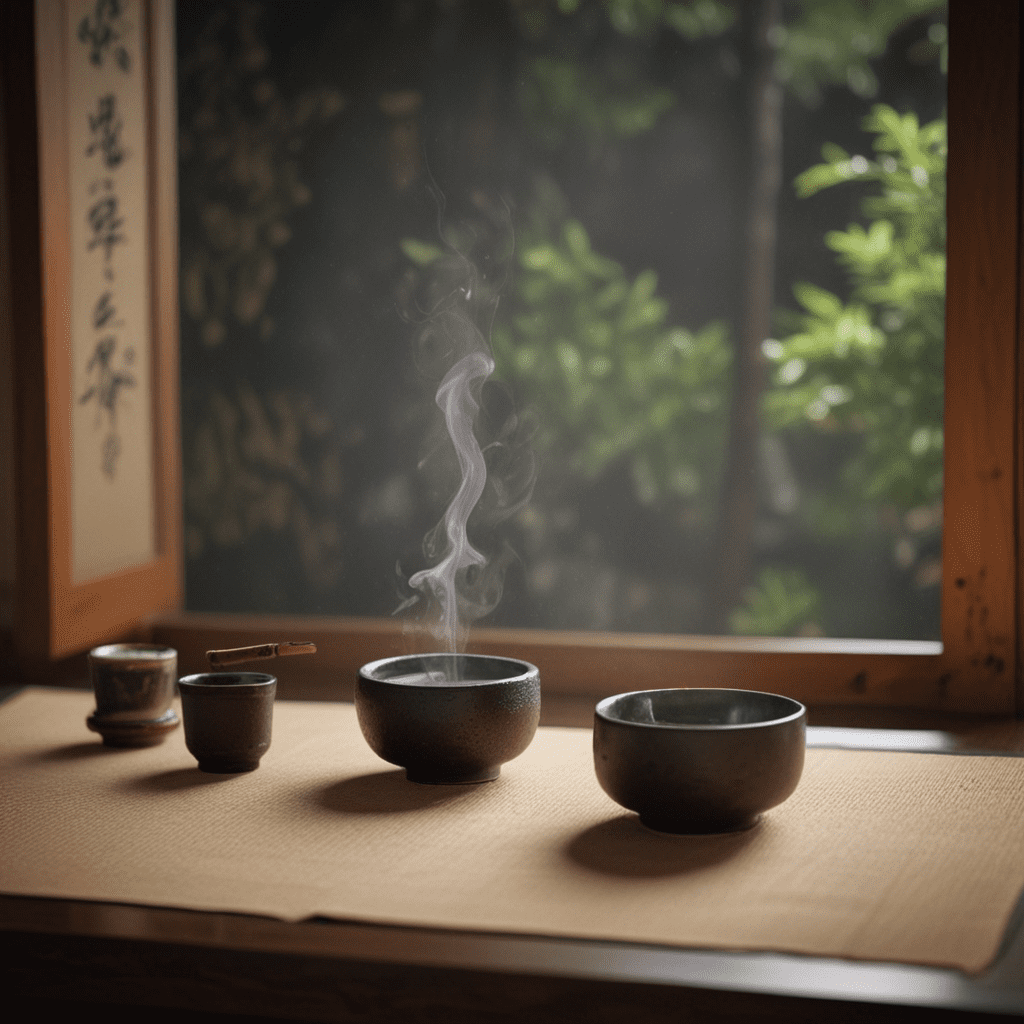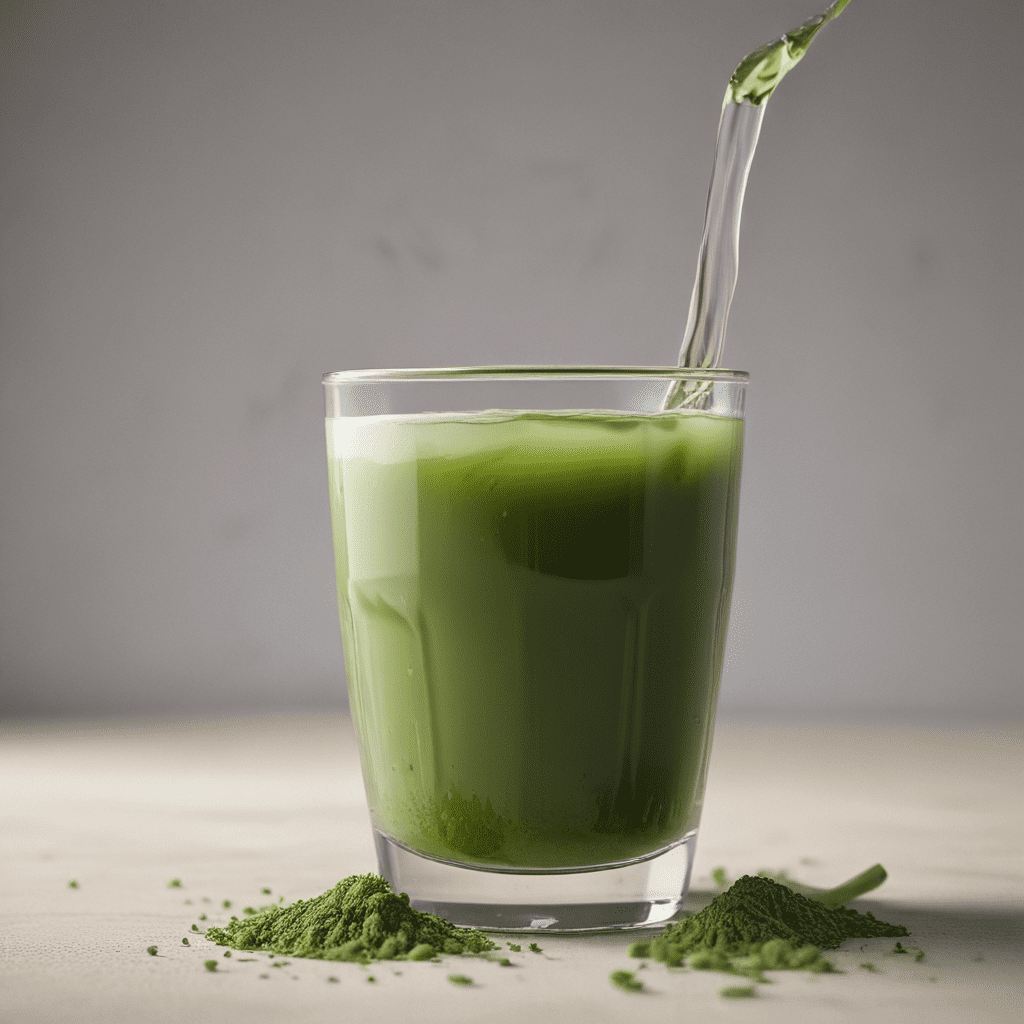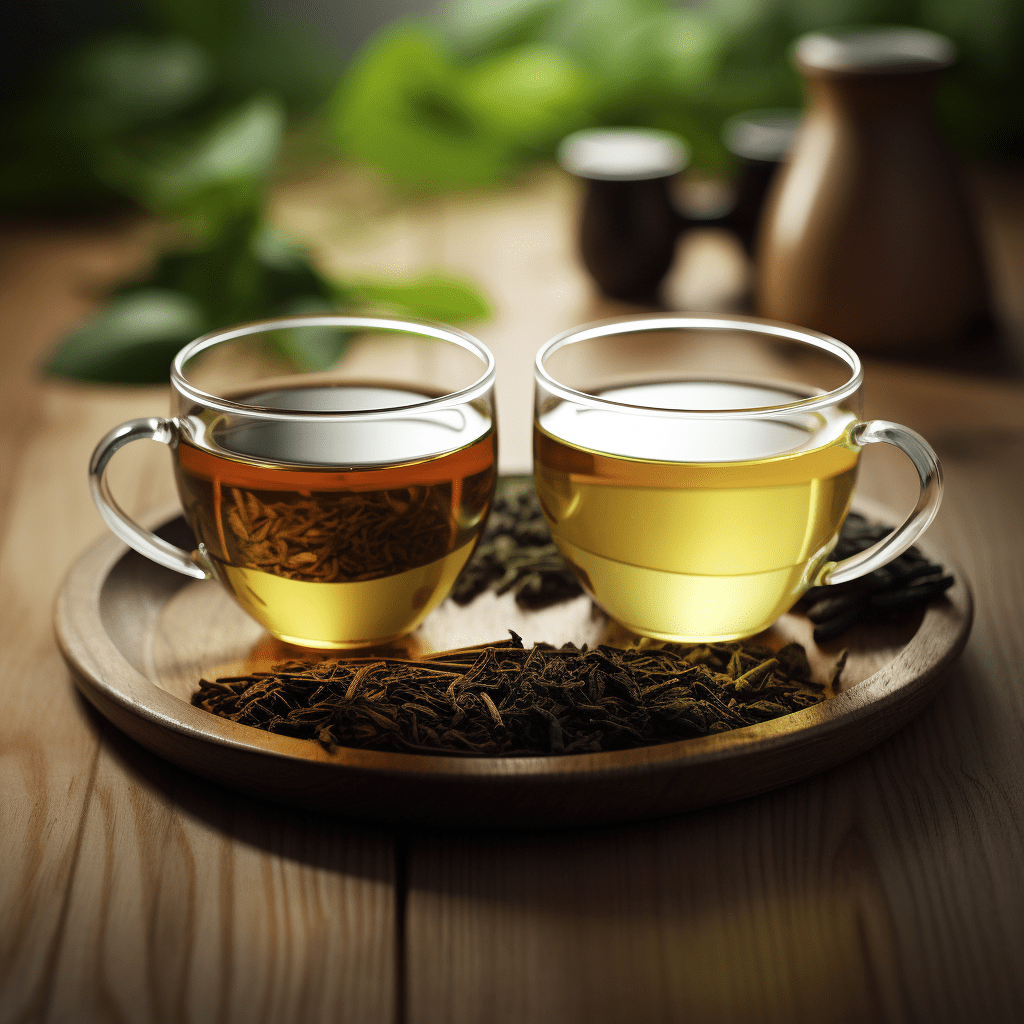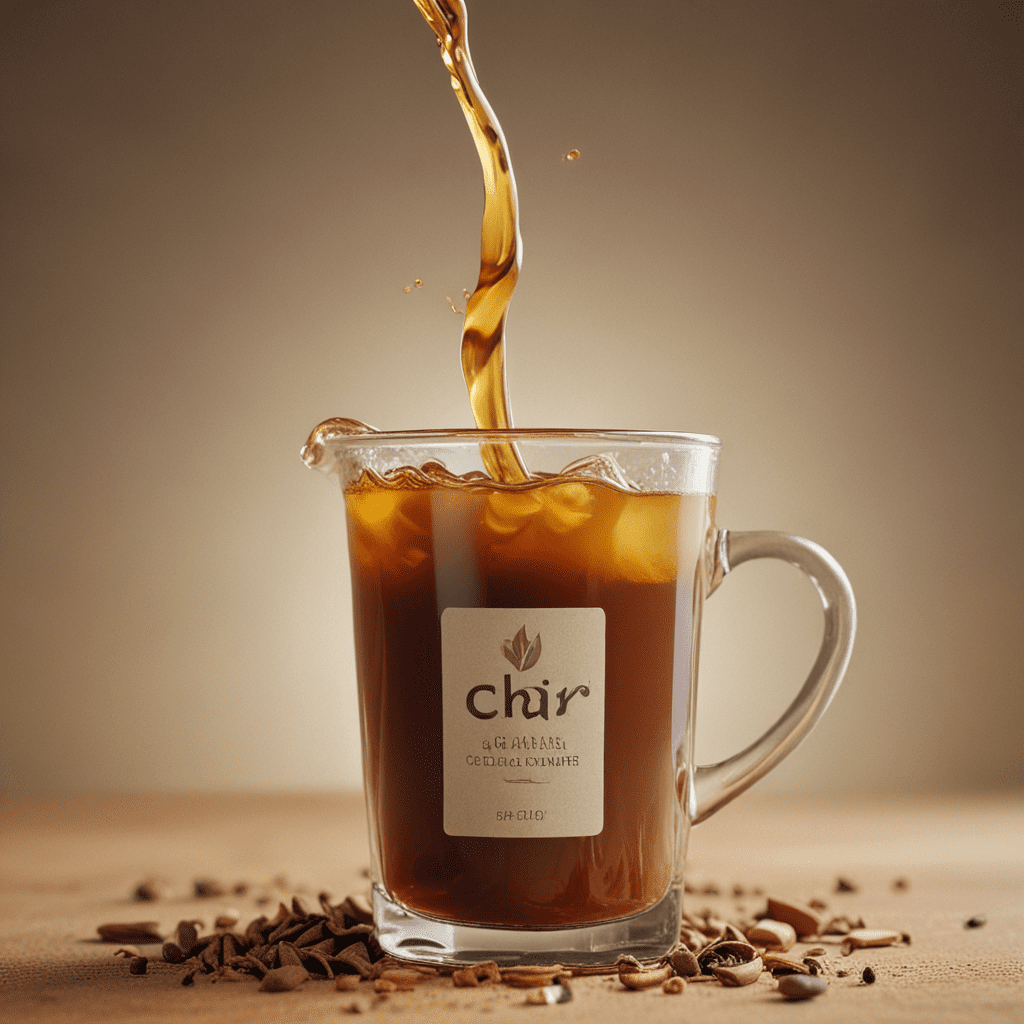
Introduction: The Essence of the Japanese Tea Ceremony
Within the realm of Japanese culture, the tea ceremony holds a cherished place as a ritual that transcends mere refreshment. It is an exquisite art form that harmoniously blends principles of etiquette, aesthetics, and spirituality, inviting participants to embark on a journey of profound sensory and cultural exploration.
History and Rituals: Ancient Roots and Timeless Traditions
The Japanese tea ceremony traces its origins to the 9th century, deeply intertwined with the principles of Zen Buddhism. Over time, it evolved into a codified ritual that encompasses intricate gestures, specific utensils, and a profound appreciation for the ephemeral beauty of nature. The tea ceremony is observed in specially designed tea rooms, exuding an atmosphere of tranquility and reverence.
The Tea Garden: Tranquility and Serenity
The journey to the tea ceremony begins in the tea garden, a sanctuary of tranquility where lush greenery and the gentle trickle of water create an ambiance of serenity. Stepping into this haven, one is enveloped by a sense of calm and the anticipation of the ceremony that awaits within.
The Tea Room: A Sanctuary of Simplicity
The tea room is the heart of the tea ceremony, a space devoid of ostentation, adorned only with simple, yet meticulously chosen elements. Tatami mats, rustic tea utensils, and a subtly arranged alcove adorned with a scroll or flower arrangement create an atmosphere that invites introspection and a heightened awareness of the present moment.
The Tea Ceremony Master: A Guide to Harmony
The tea ceremony is presided over by the tea ceremony master, a skilled and experienced individual who orchestrates the ritual with grace and precision. Their role is not merely to prepare and serve tea but to guide participants through a journey of sensory exploration and cultural appreciation.
The Tea Tools: Implements of Ceremony
The selection of tea tools used in the ceremony is of paramount importance, each embodying a specific function and contributing to the overall aesthetic experience. The tea whisk, known as a chasen, is crafted from bamboo and serves to froth the tea powder, creating a rich and flavorful beverage. The tea scoop, or chashaku, is a small spoon used to measure the precise amount of tea powder. The tea caddy, or chaire, is a container that holds the precious tea powder and is often adorned with intricate designs.
The Green Tea: Sencha and Matcha, Delicacies of the East
The tea used in the ceremony is typically green tea, with sencha and matcha being the most common varieties. Sencha is a loose-leaf tea made from whole tea leaves, characterized by its refreshing and slightly vegetal flavor. Matcha, on the other hand, is a powdered tea made from finely ground tea leaves, known for its intense umami flavor and vibrant green hue. Both sencha and matcha offer unique sensory experiences, contributing to the overall appreciation of the tea ceremony.
The Tea Preparation: An Orchestrated Symphony
The preparation of the tea is a meticulous and deliberate process, each step executed with precision and care. The tea ceremony master begins by cleansing the tea utensils with hot water, a gesture that symbolizes purification and respect for the ritual. The tea powder is then measured into the tea bowl, followed by the addition of hot water. The tea whisk is used to froth the tea into a smooth and frothy consistency, creating a visual and sensory delight.
The Tea Experience: A Sensory Journey of Taste, Sight, Smell, and Touch
The tea ceremony is not merely about consuming tea; it is a sensory journey that engages all the senses. The aroma of the tea wafts through the air, enticing the participants. The taste of the tea, whether the refreshing notes of sencha or the umami richness of matcha, delights the palate. The sight of the tea whisk creating delicate patterns on the tea's surface adds visual interest to the experience. The touch of the teacup, warm and comforting, invites a sense of tranquility.
Cultural Significance: A Reflection of Japanese Heritage
The Japanese tea ceremony transcends its function as a social gathering; it is a reflection of Japanese heritage and cultural values. It embodies the principles of harmony, respect, and simplicity that are deeply ingrained in Japanese society. The tea ceremony provides a glimpse into the aesthetic sensibilities, ritual practices, and spiritual beliefs of the Japanese people, offering a unique and enriching cultural experience.
FAQ
What is the purpose of the Japanese tea ceremony?
The Japanese tea ceremony is a ritual that celebrates the beauty of simplicity, harmony, and respect. It is an opportunity to connect with oneself, appreciate nature, and share a moment of cultural exchange.
What is the etiquette for participating in a Japanese tea ceremony?
Respect for the tea ceremony master and the other participants is paramount. Remove your shoes before entering the tea room, bow to the tea master and other guests, and maintain a respectful demeanor throughout the ceremony.
What are the health benefits of green tea?
Green tea is known for its antioxidant properties, which may help protect against certain chronic diseases. It also contains caffeine, which can provide a boost of energy and alertness.
Is the Japanese tea ceremony still practiced today?
Yes, the Japanese tea ceremony remains a vibrant cultural tradition in Japan and is practiced by people of all ages and backgrounds. It is also gaining popularity in other countries as a way to experience Japanese culture and appreciate the art of tea.


